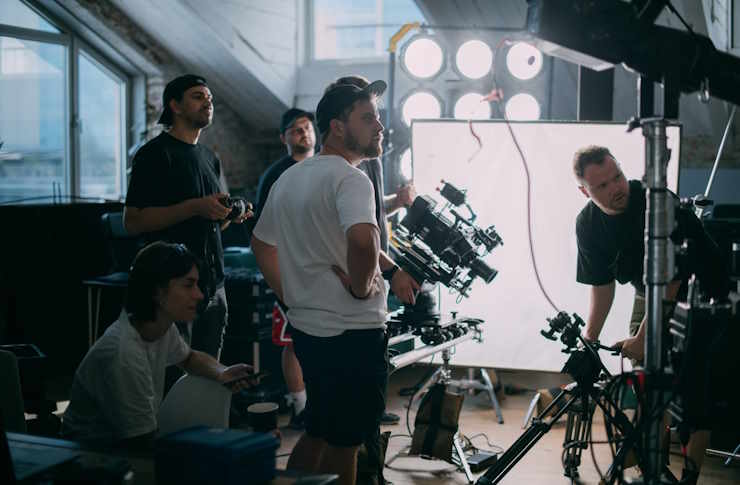Exploring Advanced Cinematography Techniques for Aspiring Filmmakers
In the world of filmmaking, mastering advanced cinematography techniques is essential for aspiring filmmakers who wish to elevate their storytelling. This article will delve into key concepts covered in cinematography courses, such as dynamic camera movements, creative lighting setups, and the use of color theory to enhance visual narratives. By understanding and applying these advanced techniques, filmmakers can create compelling, visually stunning films that resonate with audiences.

What Are Cinematography Courses in the United States?
Cinematography courses provide structured training for individuals seeking to develop professional-level visual storytelling skills. These programs typically cover a wide range of technical and artistic skills, including camera operation, lighting design, composition, and narrative visual techniques. Students learn to use advanced equipment, understand complex camera movements, and develop a nuanced approach to visual storytelling that goes beyond mere technical proficiency.
Career Opportunities for Actors and Cinematography Professionals
The United States offers numerous career opportunities for skilled cinematography professionals. From independent film production to major Hollywood studios, talented cinematographers are in constant demand. Company actor jobs and cinematography positions often intersect, with many professionals developing versatile skills that allow them to work across multiple aspects of film and media production. Networking, continuous learning, and building a strong portfolio are crucial for success in this competitive industry.
Advanced Camera Techniques and Visual Storytelling
Professional cinematography goes far beyond simply pointing a camera. Advanced techniques include complex camera movements like dolly shots, crane movements, and sophisticated tracking shots that create emotional depth and narrative momentum. Understanding how camera placement, angle, and movement can communicate subtext and enhance storytelling is a critical skill for aspiring filmmakers.
Lighting and Color Theory in Cinematography
Mastering lighting and color is essential for creating visually compelling narratives. Professional cinematographers understand how different lighting setups can dramatically alter the mood and emotional impact of a scene. Color theory plays a crucial role in visual storytelling, with specific color palettes and techniques used to convey emotions, establish character perspectives, and create visual cohesion throughout a film.
Cinematography Course Providers and Training Options
| Provider | Course Type | Duration | Estimated Cost |
|---|---|---|---|
| New York Film Academy | Professional Certification | 12 months | $35,000 - $45,000 |
| USC School of Cinematic Arts | Undergraduate Program | 4 years | $55,000 - $65,000 annually |
| Online Platforms (Coursera/MasterClass) | Digital Courses | 3-6 months | $200 - $1,500 |
| Local Community Colleges | Certificate Programs | 6-12 months | $3,000 - $8,000 |
Prices, rates, or cost estimates mentioned in this article are based on the latest available information but may change over time. Independent research is advised before making financial decisions.
Conclusion
Cinematography is a complex art form that requires continuous learning, technical skill, and creative vision. By investing in quality education, practicing advanced techniques, and developing a unique visual style, aspiring filmmakers can transform their passion into a compelling professional career in the visual storytelling industry.



